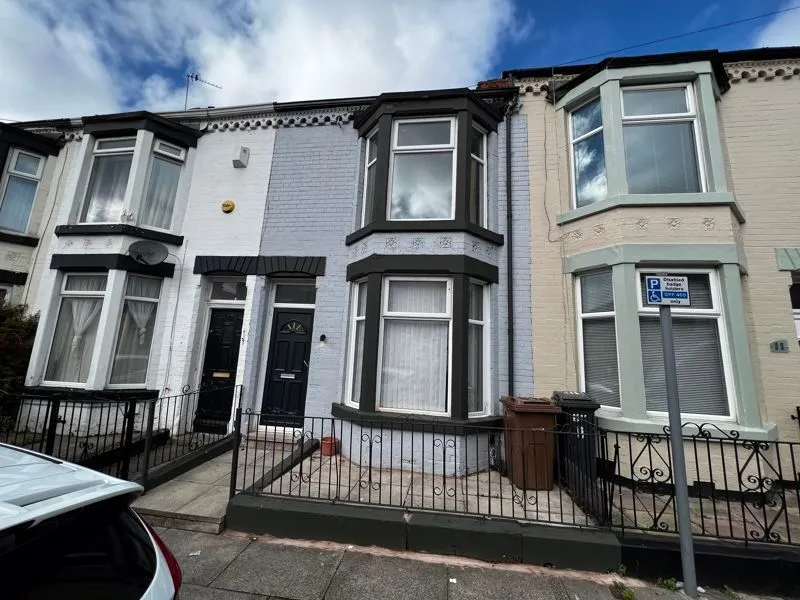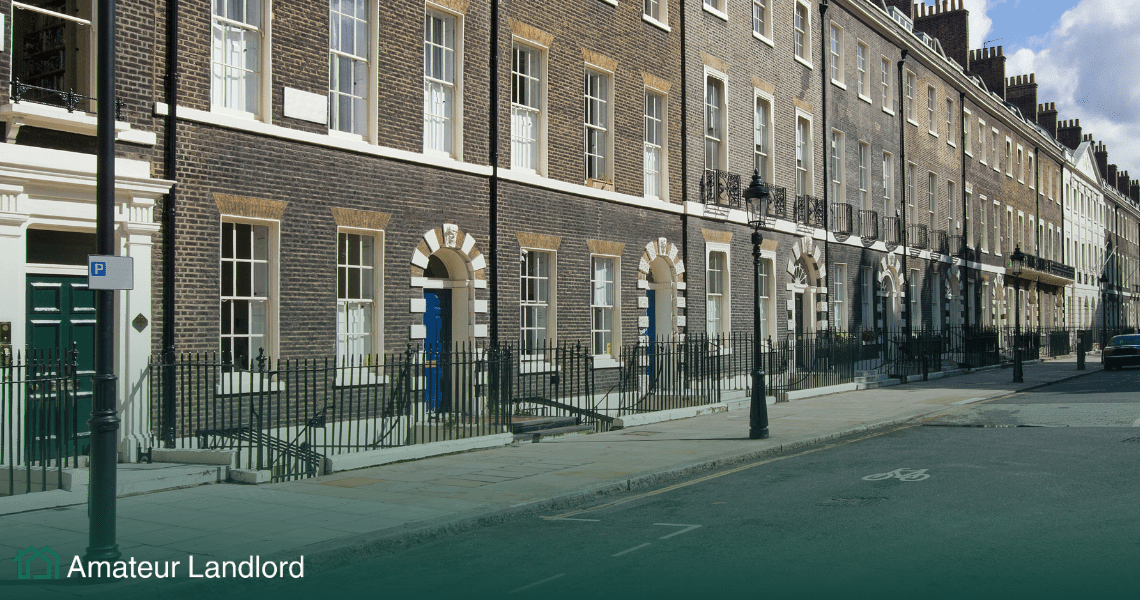Quick Navigation
- A turnkey property is a residential property ready for immediate rental, often renovated or newly constructed, appealing to investors seeking quick cash flow without renovation work.
- Turnkey properties offer immediate rental income but may yield lower returns compared to other property investment strategies, making them suitable for hands-off investors.
Whether you’re a beginner investor or looking to diversify your portfolio, understanding what a turnkey property is and its benefits is essential. In this guide, we’ll cover the definition, advantages, potential risks, and effective management of turnkey properties. Let’s explore the world of turnkey properties and unlock the opportunities that await you in this lucrative sector of property investment.
What Is a Turnkey Property?
A turnkey property refers to a residential property that is immediately ready to rent out. It may have undergone recent renovations by the seller, although this is not always necessary. In fact, a turnkey property can be any dwelling that is move-in ready, even if the refurbishment was completed several years ago.
Typically, turnkey properties are either flipped by other investors who purchased them in a dilapidated state and restored them, or they are newly constructed properties developed by builders.
The main advantage, which we will delve into in more detail later in this guide, is that turnkey properties can be rented out immediately upon receiving the keys. This minimises any vacant periods and enables your newly acquired investment property to generate cash flow right from the start. It is the perfect investment option for those who prefer a hands-off approach and are not interested in taking on a renovation project right from the beginning.
What Is Included In a Turnkey Property?
The majority of the time, the property will be unfurnished but should include some white goods in the kitchen – appliances such as an oven, hob, hood and sometimes a washing machine or dishwasher, if it’s been integrated into the kitchen or the previous owner wasn’t bothered to take it with them.
If you’re purchasing the property from a developer, they may sometimes offer to throw in a furniture pack to sweeten the deal. The decision is up to you whether you’d want that furniture pack and depends on whether you want to offer the property as furnished or unfurnished.
Are Turnkey Properties Worth It?
If you’re an investor seeking a swift start, prefer to avoid renovation projects, or simply need a residential property for immediate occupancy, a turnkey property is undeniably a worthwhile choice. These properties are ready to go, requiring minimal effort on your part. However, you might want to consider adding a fresh coat of paint or replacing the carpet – this shouldn’t take too long and it can enhance rental income.
However, if you’re looking for a property investment strategy that maximises your return on capital employed (ROCE), turnkey properties are likely not the one for you. There are far better options out there but it’s worth mentioning that in order to maximise the ROCE, these strategies will often involve significant time and effort. If you are willing to put that effort in, you can explore the below strategies:
Pros And Cons Of a Turnkey Property
Pros
- Turnkey properties are ready to rent out immediately – this means that your investment starts cash flowing as quickly as possible.
- Turnkey buy-to-lets are the easiest property investing strategy to use as there’s no refurb or any other work involved.
- It’s becoming popular for property investors to sell their properties with a tenant in situ – this means that there is a tenant in the property already. If your turnkey property investment comes with a tenant in situ, your cash flow starts from day one and you don’t have to go through the process of finding and screening tenants.
Cons
- The property will require a refurbishment at one point or another to keep it fresh and habitable but also to maximise your rental yield.
- The return on your capital employed will be on the lower end of what’s possible in property investment. Having said that, it’s still considerably better than any other investment asset available today. See example below.
- Turnkey properties are more expensive than their ‘rough around the edges’ counterparts and lack the opportunity to create fast value by refurbishing them like you would with the BRR strategy.
The Key to Successful Investments
Turnkey Property Example
What better way to truly understand how a turnkey property investment would work, including the potential returns you could see, than to look at a real example. As any repeat readers will know, I’m a big fan of the North West so let’s look at a turnkey property in Liverpool – a two bed terraced property in L20 2HA.

As you can see by the exterior of the property, it has been recently refurbished. The interior is all brand new – grey carpets throughout, white walls and a new kitchen. Using Lendlord’s property analysis tools, we can estimate its current value to be somewhere between £85,000 and £90,000. Let’s be conservative and assume that we paid £90,000 for this property.
The next step would be to work out how much we could rent this property out for – to do this, we simply search for a comparable property within ¼ miles of this one to see how much it’s rented out for. Having a look on Zoopla, we found an exact comparable property on the same street renting out for £650 a month. That is how much we could rent this 2-bed house for but this property comes with a tenant in situ who is paying £575 per month. Whilst it’s possible that we could charge the tenants the higher amount, they have every right to stay on their current agreement so until that’s up, let’s use the lower figure for our calculations.
Below are the house-buying costs and monthly rental income breakdown for this property (we’re assuming that you want the property managed to keep it as passive as possible for you):
| House Buying Costs | Monthly Rental Income |
|---|---|
| 25% Deposit = £27,500 | Rent = £575 |
| Purchase costs (including solicitors, brokers, mortgage costs and surveys) = £3,000 | Mortgage (4%) = – £300 |
| Stamp duty = £2700 | Insurance costs = – £25 |
| Management fee (10% + VAT) = – £70 | |
| Total Costs = £33,200 | Net Monthly Profit = £180 |
A net monthly profit of £180 translates to an annual profit of £2,160 – this gives us a return of 6.5% on the lower end of things. After the current tenants move out and we rent it out to someone else for £650 per month, the annual rental return jumps to 8.85%. Either way, this is a great return on your property investment considering the higher mortgage rates and the management fee that is being paid to keep this investment as passive as possible.
Let’s also not forget that you can make money from your property’s value appreciation. Lendlord tells us that the average annual gain for houses in this postcode over the past few years is 7.44% whereas the average annual gain in Liverpool over the past 20 years has been just over 3%. Let’s use the 3% as our conservative annual estimate. Because we’re purchasing with a mortgage (and depositing 25%), that 3% capital growth translates to a 12% return on our capital.
Combining the estimated capital growth with the rental income gives us a total annual return of 18.5% to 20.85%. Even though turnkey buy-to-let properties yield the lowest return, this is still a fantastic return on your investment.
Final Thoughts
Turnkey buy-to-let properties are a great option for anyone wishing to become a hands-off property investor – since the property is ready to rent out immediately (it sometimes comes with tenants already in it) and everything can be managed by someone else, turnkey properties are a very appealing option for many investors.
Hopefully, this guide has done a good job of explaining what a turnkey property is, whether it’s worth it or not for you and helped you understand the pros and cons associated with turnkey properties.
Recommended Tools:

Victor Sterling
Hi, my name’s Victor - I’ve been investing in property for three years now, with my preferred strategies being buy-to-let, BRR and house flips. My goal with Amateur Landlord is simple - to provide beginners with easy-to-follow resources that simply weren’t around when I started, and to offer these for free and without ads.

